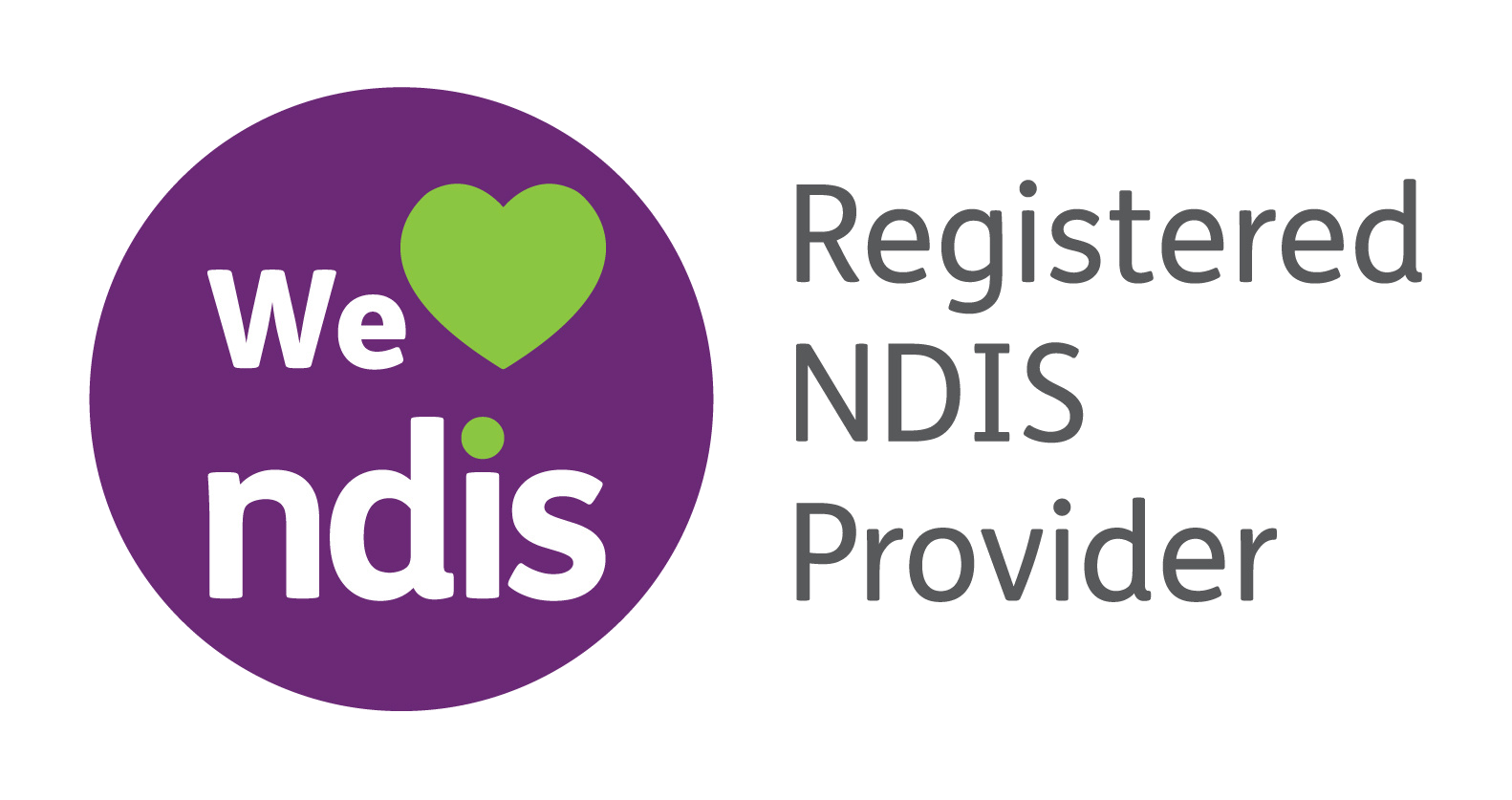Understanding the Business Activity Statement (BAS) in Australia
In Australia, businesses registered for Goods and Services Tax (GST) are required to lodge a Business Activity Statement (BAS) periodically. The BAS is a key document for reporting tax obligations, including GST, Pay As You Go (PAYG) withholding, PAYG instalments, Fringe Benefits Tax (FBT), and other levies to the Australian Taxation Office (ATO). It helps ensure that businesses comply with their tax responsibilities and avoid penalties for late or incorrect reporting.
In this article, we will explore what the BAS is, why it is important, how to complete it, and the deadlines for lodging it.
What is a Business Activity Statement (BAS)?
A Business Activity Statement (BAS) is a form that businesses use to report their tax obligations to the ATO. Depending on the size and type of business, it can be lodged monthly, quarterly, or annually. The BAS provides a way for the ATO to track taxes collected and paid by businesses, such as GST, as well as other tax liabilities.
Key Purposes of the BAS:
- Reporting GST: Businesses collect GST on their sales and pay GST on their purchases. The BAS allows businesses to report the difference between the GST collected and the GST paid.
- PAYG Withholding: Employers must report amounts withheld from their employees’ wages for income tax purposes.
- PAYG Instalments: Businesses may be required to make periodic tax payments based on their income or profits.
- Fringe Benefits Tax (FBT): If a business provides fringe benefits to employees, such as cars or other non-salary benefits, they must report and pay any applicable FBT.
Why is the BAS Important?
- Tax Compliance: The BAS helps businesses meet their legal obligations for taxes like GST, PAYG, and FBT. Failing to lodge a BAS on time or incorrectly reporting tax can lead to penalties and interest charges.
- Cash Flow Management: The BAS provides a clear overview of taxes owed and taxes paid, helping businesses manage their cash flow. By regularly submitting the BAS, a business can stay on top of its financial position.
- Avoiding Penalties: The ATO imposes penalties for late submission or inaccurate reporting. Lodging your BAS on time ensures your business avoids these financial consequences.
- Claiming GST Credits: By reporting the correct GST on purchases and sales, businesses can claim GST credits for the tax they’ve paid on business-related expenses. This can reduce the amount of GST payable to the ATO.
BAS Lodgement Frequency
Businesses must lodge their BAS according to the frequency set by the ATO. The frequency depends on the business’s annual turnover and its GST registration status.
- Monthly: Larger businesses with an annual turnover of $20 million or more generally lodge their BAS monthly.
- Quarterly: Most businesses with a turnover under $20 million lodge their BAS quarterly. The quarters are:
- 1st quarter: July – September
- 2nd quarter: October – December
- 3rd quarter: January – March
- 4th quarter: April – June
- Annually: Some small businesses with a turnover under $75,000 (for non-GST registered businesses) or those that are specifically approved can lodge their BAS annually.
Penalties for Late BAS Lodgement
Failing to lodge your BAS on time can result in penalties from the ATO. The penalty depends on factors like the size of the business, how late the submission is, and whether the business has a history of non-compliance.
The ATO may also charge interest on unpaid taxes or late payments, which can add up over time.
If you are unable to meet the BAS deadline, it is advisable to contact the ATO and explain your situation. In some cases, the ATO may grant an extension or offer a payment plan to help with cash flow issues.
Conclusion
The Business Activity Statement (BAS) is a vital component of tax reporting for Australian businesses. It ensures compliance with GST, PAYG, FBT, and other tax obligations. Whether you are a small business owner or part of a large corporation, understanding how to correctly complete and lodge your BAS is crucial to avoid penalties, maintain good standing with the ATO, and manage your business finances effectively.
By staying organized, keeping accurate records, and ensuring timely lodgement, businesses can not only meet their tax obligations but also gain a better understanding of their financial position, which helps them plan for future growth. Need assistance with your Business Activity Statement’s call S & H Tax Accountant’s today. We offer great service to all of our client’s and have a well equipped team. Book an appointment today, call us on 03 8759 5532 or you can send us an email on info@sahtax.com.au











